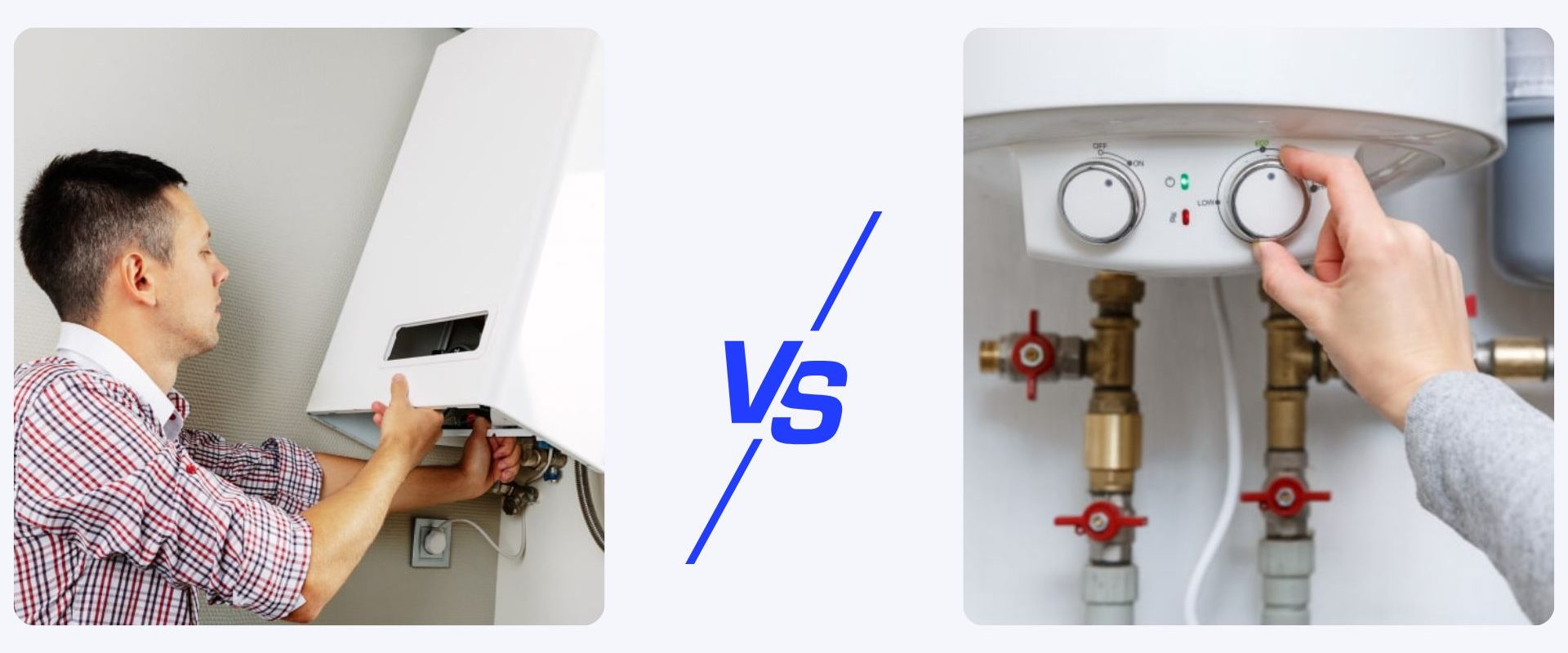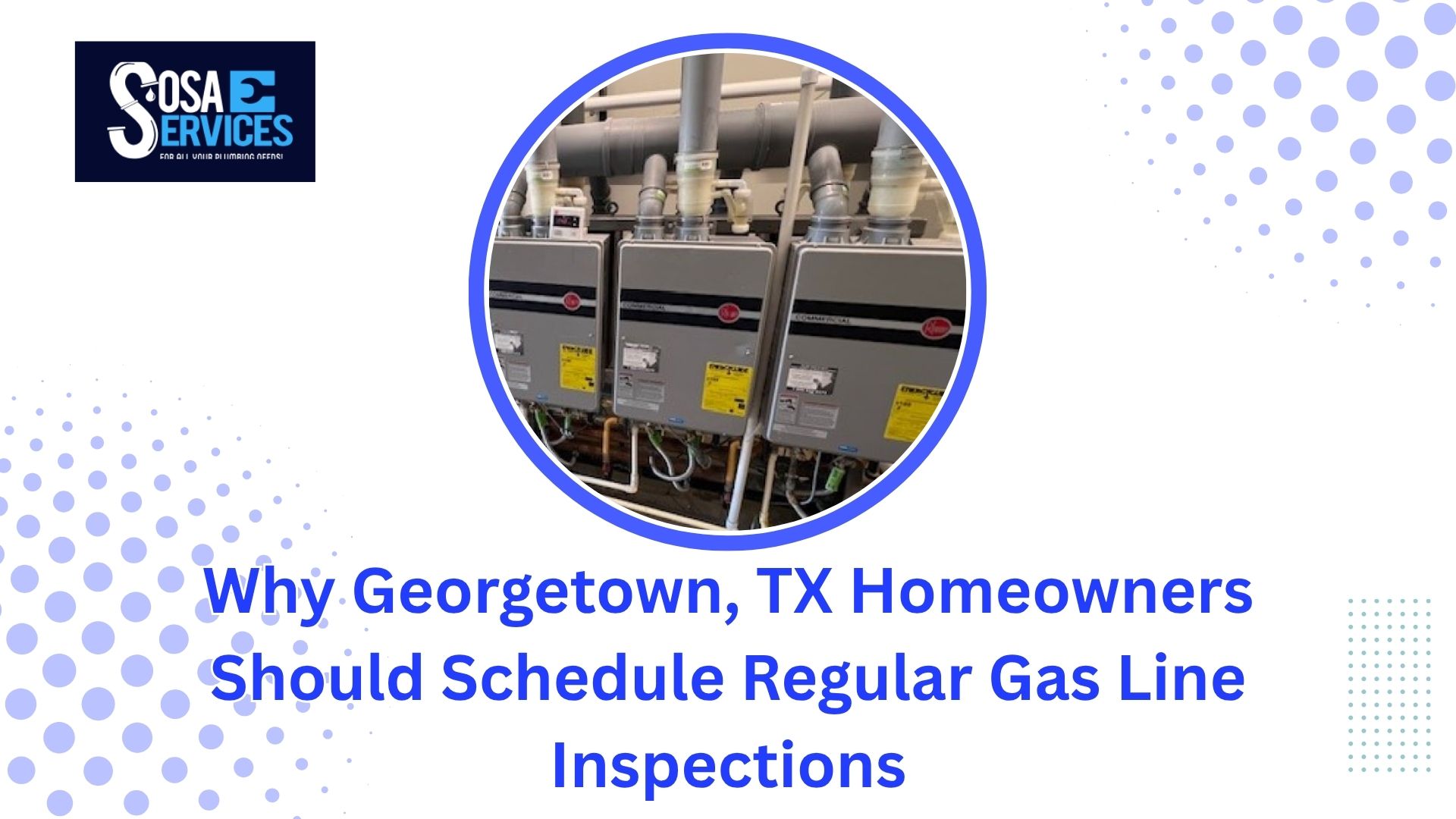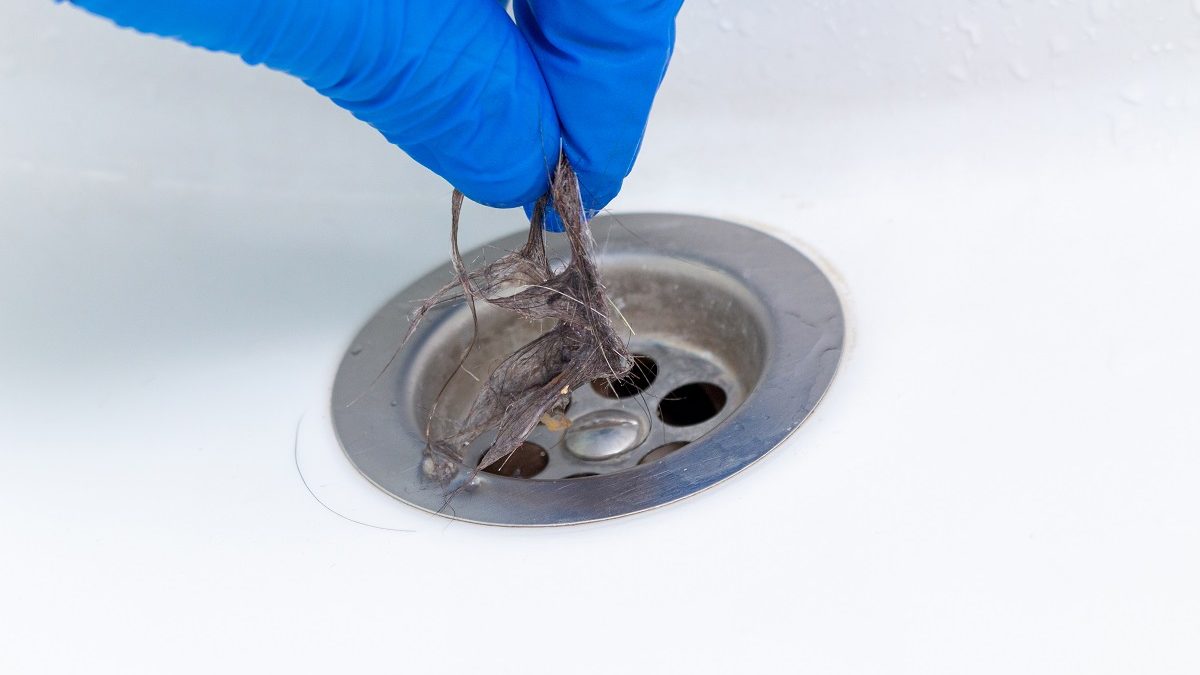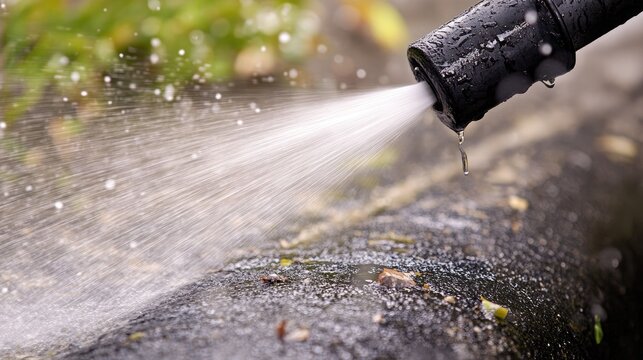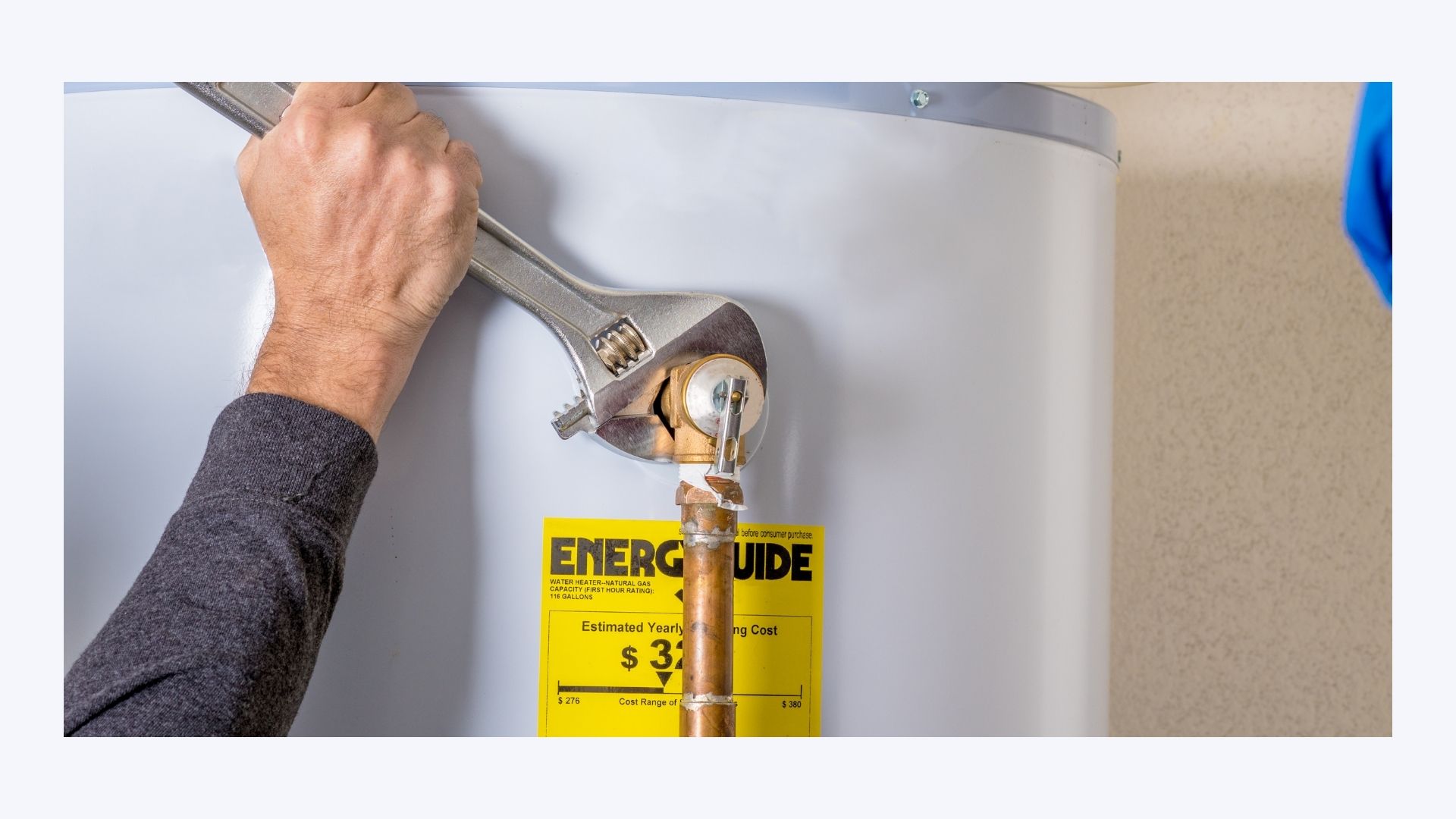Introduction
Choosing the right water heater for your Texas home isn’t just a matter of convenience—it’s a decision that impacts your energy bills, hot water availability, and even your home’s overall efficiency. With rising energy costs and an array of heating technologies on the market, homeowners face a real dilemma: should you stick with a traditional water heater, or invest in a more modern tankless system?
This guide breaks down the essentials, comparing traditional vs. tankless water heaters side-by-side, so you can make an informed choice that fits your budget, lifestyle, and Texas climate. We’ll also cover costs, maintenance tips, and what works best for homes across Georgetown, Round Rock, and beyond.
By the end, you’ll know exactly which system makes sense for your home—and when it’s time to upgrade.
What Is a Traditional Water Heater?
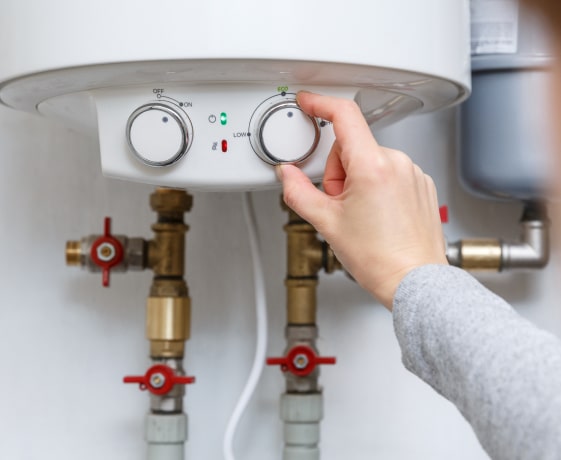
- Lower initial purchase and installation cost
- Simpler technology, often easier to repair
- Consistent supply of hot water (ideal for large households)
- Larger physical footprint requiring space
- Energy waste heating stored water 24/7
- Limited hot water volume; risk of running out during heavy use
What Is a Tankless Water Heater?
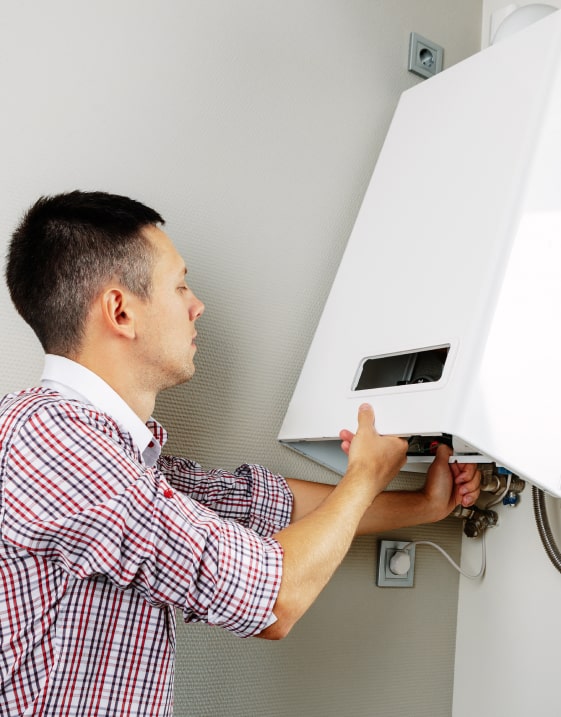
- Energy-efficient by heating water only when required
- Virtually unlimited hot water supply, no tank depletion
- Smaller, wall-mounted design saving valuable space
- Longer lifespan compared to traditional tanks (often 20+ years)
- Higher upfront cost and installation complexity
- Flow rate limits—may require multiple units for larger homes
- Regular maintenance critical to prevent scale buildup, especially in hard water areas like Texas
For tips on keeping your system running smoothly and avoiding premature replacement, explore our Tankless Water Heater Maintenance Tips.
Traditional vs. Tankless: Key Differences at a Glance
Feature | Traditional Water Heater | Tankless Water Heater |
Heating Method | Stores and heats water in a tank continuously | Heats water on-demand as it flows |
Energy Efficiency | Lower—due to standby heat loss | Higher—only heats water when needed |
Hot Water Supply | Limited to tank capacity (30-80 gallons) | Unlimited, limited by flow rate |
Upfront Cost | Lower purchase and installation cost | Higher purchase and installation cost |
Lifespan | 10-15 years | 20+ years |
Space Required | Large tank, more floor space | Compact, wall-mounted |
Maintenance | Simpler, less frequent | Requires regular maintenance, especially in hard water areas |
If you’re wondering how these systems affect your monthly bills and home comfort, don’t miss our Boost Energy Efficiency: Smarter Water Heating for Central Texas Homes article for deeper insights.
Initial Cost vs. Long-Term Value for Texas Homeowners
- Larger families with high simultaneous water demand may find traditional tanks more cost-effective upfront.
- Smaller or energy-conscious households often benefit from tankless technology’s efficiency and scalability.
Not sure if it’s time to replace your old unit? Learn the key warning signs in our article 5 Telltale Signs You Need a New Water Heater before costly damage occurs.
Choosing the Right Water Heater for Your Texas Lifestyle
- Household Size & Usage:
- If your home is a full house with kids, guests, and a non-stop flow of hot water, traditional tanks often win for sheer volume. But if your family’s schedule is more staggered, the instant heating of tankless systems offers tailored comfort and energy savings.
- Space Constraints Matter:
- Living in Georgetown or Round Rock, you might find your utility room doubling as a storage closet. Tankless heaters shine here—think wall-mounted efficiency vs. bulky tanks hogging precious floor space.
- Energy & Environmental Goals:
- Texas summers and winters can be brutal. Choosing a tankless heater aligns with green home initiatives and slashes utility bills—a double win.
- Maintenance Real Talk:
- Hard water’s mineral-rich makeup can be a silent enemy. Tankless heaters need regular love to avoid scaling; traditional tanks might tolerate neglect but at the cost of energy and lifespan.
